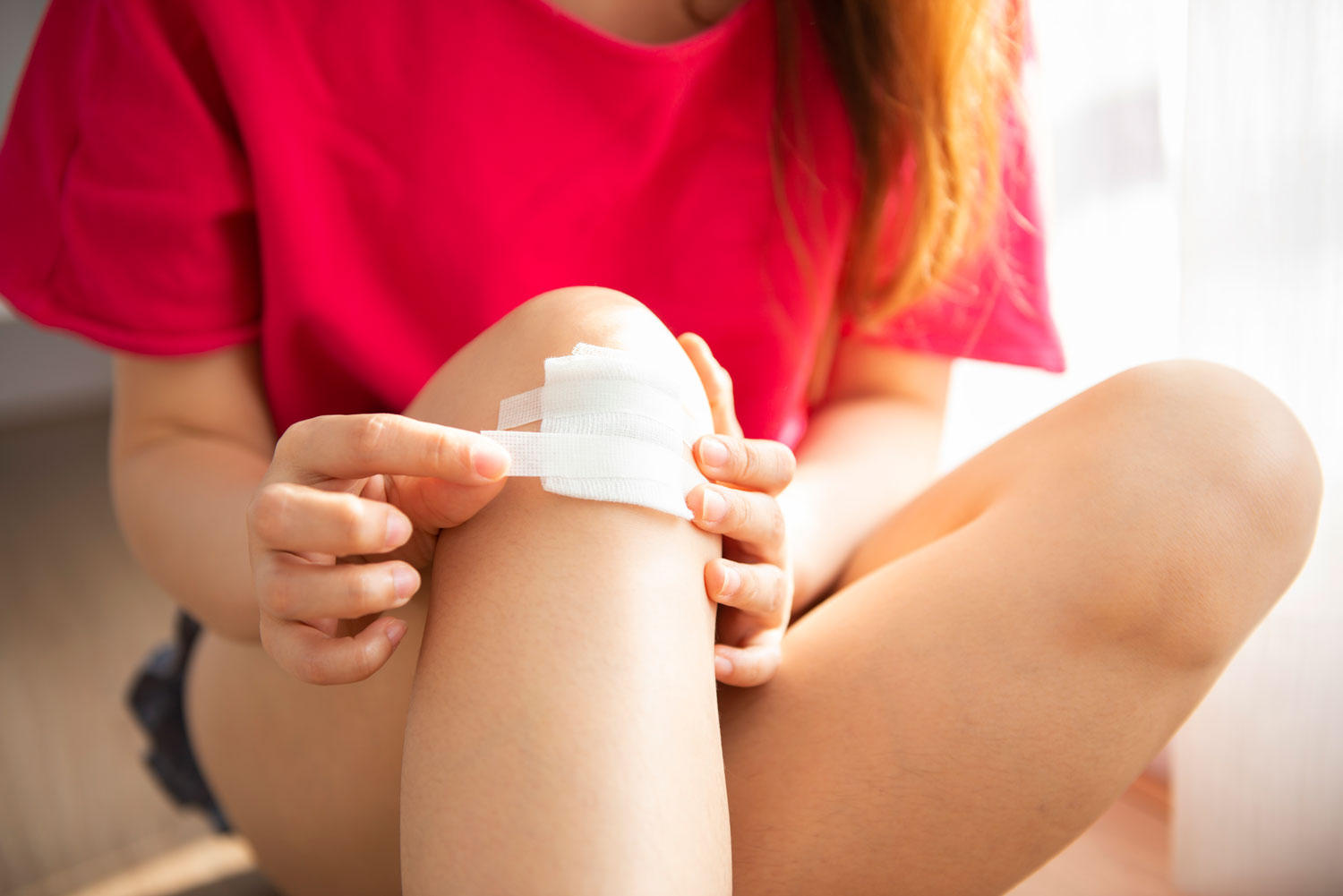Emergency Wound Care for Cuts, Lacerations, Wounds, or Bleeding
Cuts and abrasions are often common injuries that do not require more than some disinfectant and a bandaid — but they can, in more severe cases, require a trip to the ER for emergency wound care. If you or a loved one has sustained a severe injury, like a significant cut that will not stop bleeding, seek medical attention immediately.
Cuts that break or tear the skin are called lacerations. They can affect just the first layer of skin or cut deep through a tendon, ligament or muscle. These deep lacerations need immediate treatment to prevent complications and protect limb or joint function. Lacerations that are deep enough to cut through an artery are life-threatening emergencies.
If you have a cut or laceration that may not heal on its own, come in to ER of Texas Emergency Room. Our board-certified doctors will make sure your cut heals quickly. You might need stitches and our emergency room physicians are trained to provide the service.
First Aid for Cuts and Lacerations
If you have a minor cut or laceration, you can clean, disinfect and bandage it yourself without the need to see a doctor or visit the nearest emergency room.
Home Treatment for Small Cuts and Lacerations:
- Use Water – Use cold water, soap and a soft washcloth to clean dirt, gravel or other debris around the wound. Avoid getting soap directly in the cut because it can cause irritation. If there is dirt inside the cut, you should sterilize some tweezers with rubbing alcohol before you use them to remove the dirt.
- Apply Pressure – Small lacerations and cuts will usually stop bleeding shortly after the injury. However, if yours continues to bleed, you should apply pressure to the wound using a clean cloth or piece of gauze.If the blood soaks the cloth, leave it in place but add another bandage on top so that you are constantly applying pressure to the cut. When a cut is bleeding on your arm or leg, you can elevate the limb above your heart to slow the bleeding.
- Use Antibiotics – Apply an antibiotic ointment. Even if the cut is small, it may still get infected if it is not treated properly. An antibiotic ointment will keep the area from drying out while killing any bacteria that may cause an infection. You can use a bandage instead of the ointment so that your wound remains clean and protected.
- Leave the Scabs Alone – Once your cuts and scrapes begin to heal, they will start to scab over. This is part of the body’s natural healing process and they help protect the injury from getting dirty. When the wound is almost completely healed, the scabs will fall off.
When to Visit the Emergency Room for Cuts and Lacerations
Most cuts and lacerations can be treated at home, but if the skin around the cut has jagged edges, if the cut is gaping open or if the wound is on your face, you’ll want to visit an emergency room. Also, if you notice that the cut has red streaks, drains yellow pus or has become tender, come into an ER as soon as possible.
ER of Texas Emergency Center has 24-hour emergency rooms open in Dallas-Fort Worth local community. Our ER trained board-certified doctors will treat your cuts and lacerations.
Come into our emergency room quickly if you notice the following symptoms:
- Blood is spurting out
- The cut is jagged or gapping and is deeper than ¼ inch
- There is severe bleeding
- The cut is made by a rusty object
- The cut is over a joint and opens every time you move
- The bleeding won’t stop even after ten minutes of applying steady pressur
- Muscle, fat or bone can be seen through the wound
In many cases, cuts and lacerations are minor and are not a cause for concern. If your cut is severe or very painful, please visit one of our closest emergency room locations immediately.



.jpg)